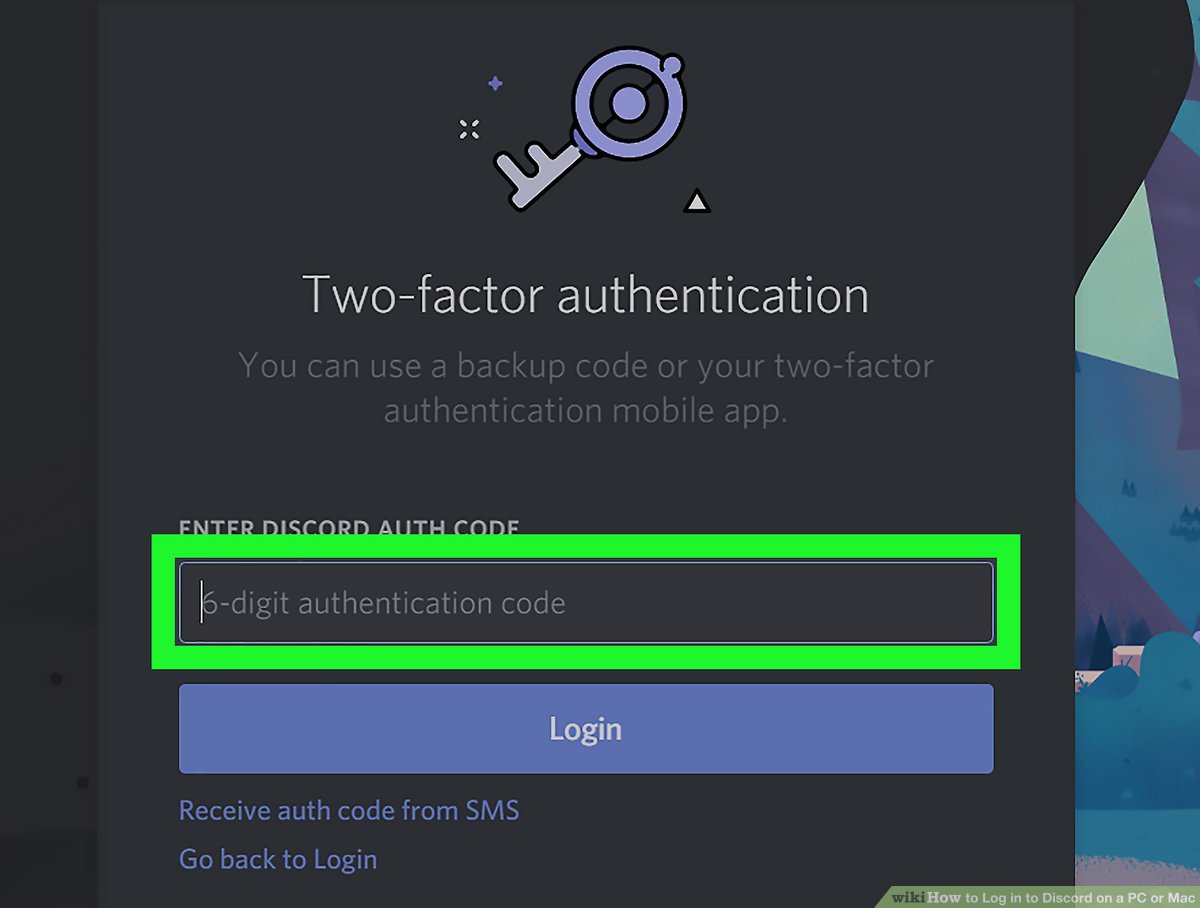

npm comes with every Node installation, so you don't have to worry about installing that. To use discord.js, you'll need to install it via npm (Node's package manager). On Linux, you can consult this page open in new window to determine how you should install Node.

On Windows, it's as simple as installing any other program. If it outputs v16.9.0 or higher, then you're good to go! Otherwise, continue reading. You can find more examples in the examples directory.To check if you already have Node installed on your machine (e.g., if you're using a VPS), run node -v in your terminal. command () async def ping ( ctx ): await ctx. Bot ( command_prefix = '>', intents = intents ). run ( 'token' ) Bot Example import discord from discord.ext import commands intents = discord. message_content = True client = M圜lient ( intents = intents ) client. user ) async def on_message ( self, message ): # don't respond to ourselves if message. Client ): async def on_ready ( self ): print ( 'Logged on as', self. Quick Example import discord class M圜lient ( discord. Libffi-dev (or libffi-devel on some systems) apt, dnf, etc) before running the above commands: Please note that when installing voice support on Linux, you must install the following packages via your favourite package manager (e.g. To install the development version, do the following: $ git clone $ cd discord.py $ python3 -m pip install -U.

Python3 -m pip install -U "discord.py" # Windows Otherwise to get voice support you should run the following command: # Linux/macOS Python3 -m pip install -U discord.py # Windows To install the library without full voice support, you can just run the following command: # Linux/macOS Modern Pythonic API using async and await. A modern, easy to use, feature-rich, and async ready API wrapper for Discord written in Python.


 0 kommentar(er)
0 kommentar(er)
